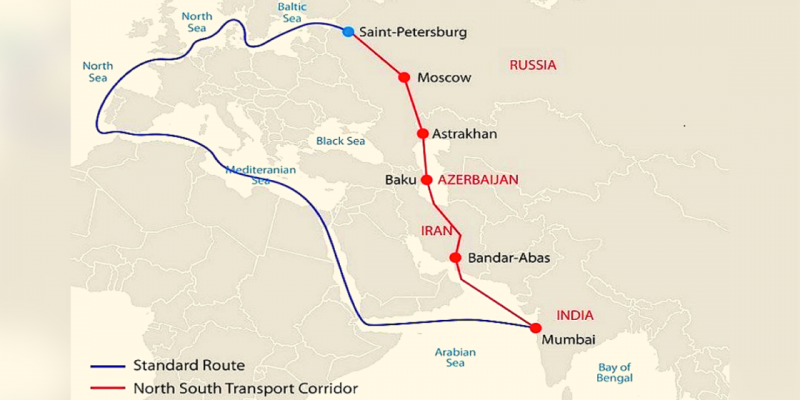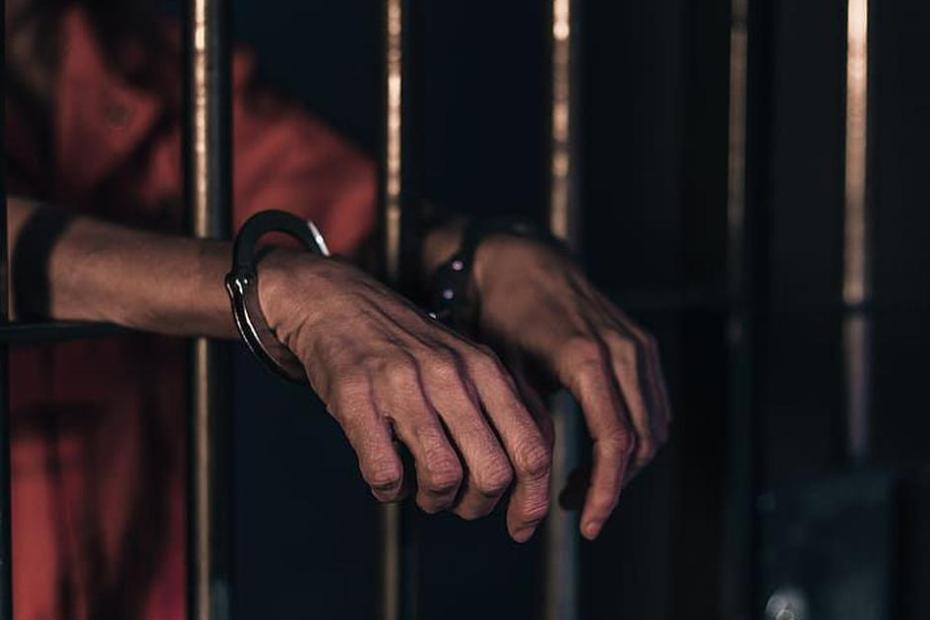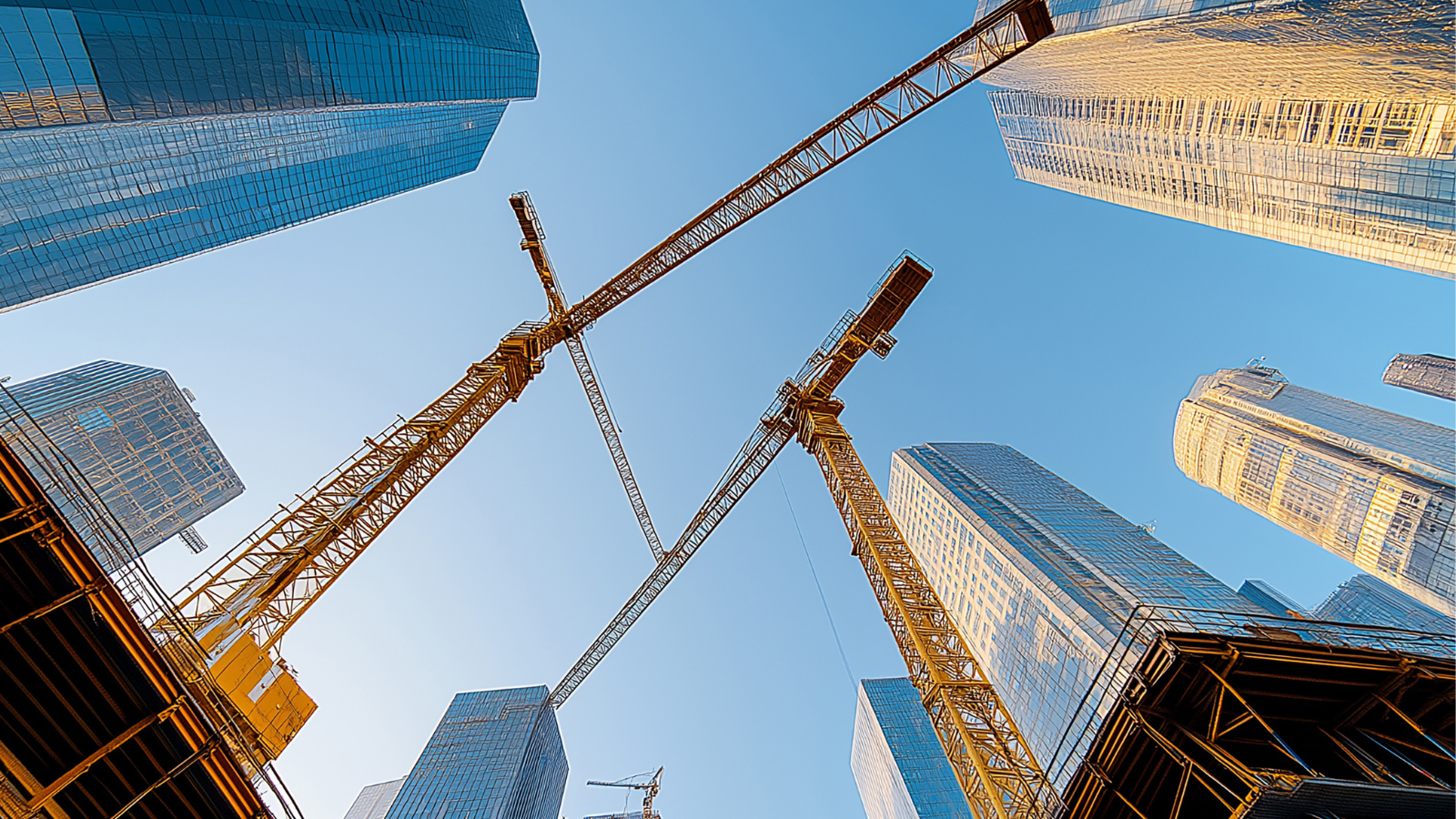- Courses
- GS Full Course 1 Year
- GS Full Course 2 Year
- GS Full Course 3 Year
- GS Full Course Till Selection
- Answer Alpha: Mains 2025 Mentorship
- MEP (Mains Enrichment Programme) Data, Facts
- Essay Target – 150+ Marks
- Online Program
- GS Recorded Course
- Polity
- Geography
- Economy
- Ancient, Medieval and Art & Culture AMAC
- Modern India, Post Independence & World History
- Environment
- Governance
- Science & Technology
- International Relations and Internal Security
- Disaster Management
- Ethics
- NCERT Current Affairs
- Indian Society and Social Issue
- NCERT- Science and Technology
- NCERT - Geography
- NCERT - Ancient History
- NCERT- World History
- NCERT Modern History
- CSAT
- 5 LAYERED ARJUNA Mentorship
- Public Administration Optional
- ABOUT US
- OUR TOPPERS
- TEST SERIES
- FREE STUDY MATERIAL
- VIDEOS
- CONTACT US
Russia Sends First Coal Trains to India via INSTC
Russia Sends First Coal Trains to India via INSTC
- Russia has dispatched two trains loaded with coal to India through the International North-South Transport Corridor (INSTC).
- The INSTC, a 7,200 km (4,500 miles) multimodal route, connects St. Petersburg in Russia to Mumbai in India, traversing Iran and utilising a network of railways, roadways, and seaports.
Member countries
INSTC membership has expanded to a total of 13 countries - India, Iran, Russia, Azerbaijan, Armenia, Kazakhstan, Kyrgyzstan, Tajikistan, Turkey, Ukraine, Syria, Belarus, and Oman.
INSTC routes and Modes
-
Central Corridor:
- Starting Point: Jawaharlal Nehru Port in Mumbai, India
- Route: Connects to Bandar Abbas port in Iran, then passes through Nowshahr, Amirabad, and Bandar-e-Anzali in Iran.
- Path: Runs along the Caspian Sea to reach Olya and Astrakhan Ports in Russia.

-
Western Corridor:
- Rail Connection: Links the railway networks of Azerbaijan and Iran.
- Cross-Border Points: Astara (Azerbaijan) to Astara (Iran).
- Sea Route: Extends to Jawaharlal Nehru Port in India via the sea.
- Eastern Corridor:
- Connection: Links Russia to India.
- Through Central Asia: Passes through Kazakhstan, Uzbekistan, and Turkmenistan.
Significance of INSTC for India
-
Diversification of Trade Routes
- Bypassing Chokepoints:
- INSTC allows India to avoid strategic chokepoints like the Strait of Hormuz and the Red Sea (via the Suez Canal), enhancing trade security.
- Recent conflicts, such as the Israel-Hamas tensions and Houthi attacks in the Red Sea, emphasize the need for alternative routes.
- Bypassing Chokepoints:
-
Bypassing Pakistan and Afghanistan:
- The INSTC enables India to circumvent unstable regions like Pakistan and Afghanistan, ensuring more reliable access to Central Asia.
-
Enhanced Connectivity with Central Asia
- Direct Market Access:
- The corridor connects India to Russia, the Caucasus, and Eastern Europe, boosting trade and cooperation in energy, defense, counter-terrorism, and culture with Central Asian Republics through initiatives like “Connect Central Asia”.
- It reduces transit time by 20 days and freight costs by 30% compared to the Suez Canal route.
- Direct Market Access:
-
Energy Security
- Access to Resources:
- INSTC facilitates India's access to energy resources in Russia and Central Asia, reducing dependency on the Middle East.
- Following the Russia-Ukraine war, India's imports of metallurgical coal from Russia have tripled and are expected to grow amid declining imports from Australia
- Access to Resources:
5. Strengthening Ties with Iran and Afghanistan
- Chabahar Port Investment:
- India’s investment in Chabahar Port in Iran’s Sistan-Balochistan province and its agreement on the INSTC aim to enhance trade with Central Asian countries.
- Chabahar Port provides India, Iran, and Afghanistan with direct sea access and trade opportunities in the region.
Challenges to INSTC Materialization: Strategic Solutions
|
Challenges |
Strategic Solution |
|
Founding members (India, Russia and Iran) should actively seek funding from diverse sources, including international organizations, private investors, and member states. |
|
Founding members should engage in diplomatic efforts to mitigate the impact of sanctions, explore alternative financial channels, and promote trade through barter systems. |
|
Enhance security cooperation among member states, including intelligence sharing, joint military exercises, and capacity building for counterterrorism. |
|
Establish a unified customs system with standardized procedures and documentation, harmonize tariff structures, and implement mutual recognition agreements. |
|
Prioritize infrastructure development along the corridor, focusing on upgrading rail networks, expanding port facilities, and improving road connectivity. Explore public-private partnerships to attract investment in infrastructure projects. |
Must Check: Best IAS Coaching In Delhi
UPSC Prelims Result 2024 Out: Expected Cut Off & Other Details, UPSC Prelims 2024 Answer with Explanation, Daily Prelims Quiz, Daily Current Affairs, MONTHLY CURRENT AFFAIRS TOTAL (CAT) MAGAZINE, Best IAS Coaching Institute in Karol Bagh, Best IAS Coaching Institute in Delhi, Daily Mains Question Answer Practice, ENSURE IAS UPSC Toppers, UPSC Toppers Marksheet, Previous Year Interview Questions, UPSC Syllabus



